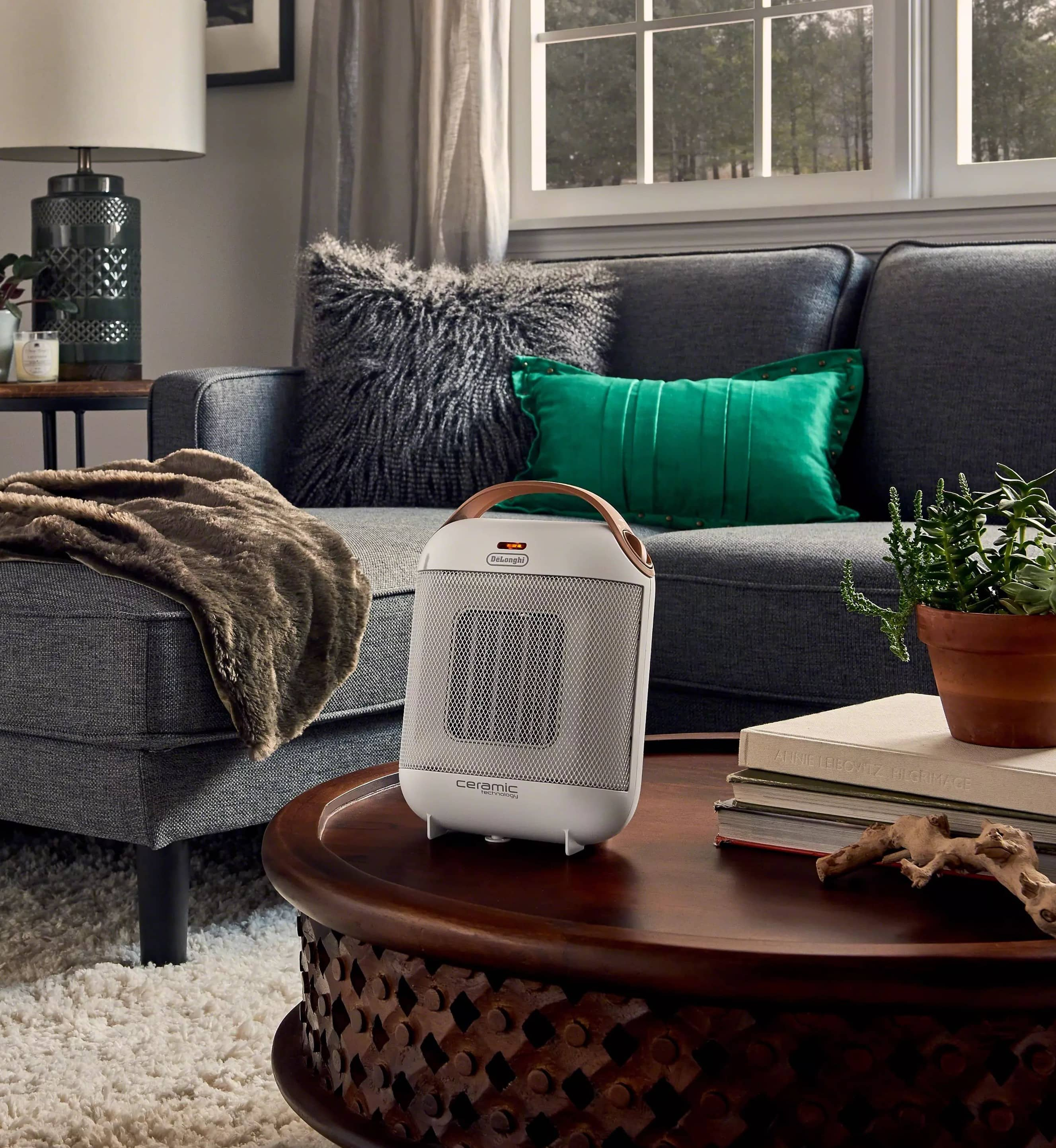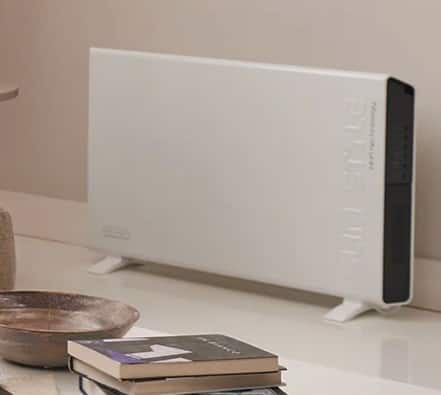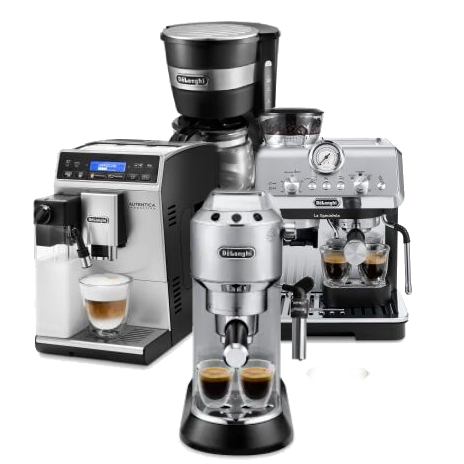The De'Longhi Air Purifier uses five (AC150) or six (AC230) distinct technologies to break down/destroy pollutants such as the thousands of volatile organic compounds (VOCs), odor causing compounds, bacteria, viruses, and particulates (dust/dander) that are found in the indoor environment. These technologies include:• The air is taken in through the front panel;• The contaminated air passes through a washable prefil¬ter which removes large impurities such as coarse dust, hair, etc.• The air is then passed through a long-lasting HEPA filter with a large filtering surface, easily recognizable by the special pleated paper. This HEPA (High Efficiency Particulate Air) filter removes im¬purities down to a size of 0.3 microns, filtering all types of particle including tobacco, house dust and pollen.• Next, the air passes through a black active carbon filter which removes a variety of pollutants and un¬pleasant odors such as smoke, fine dust particles and formaldehyde.• The AC230 model has an active nano-silver filter to trap microbials such as germs, bacteria and virus.• Air is then passed through an internal filter with photocatalytic (PCO) titanium dioxide with a UVC lamp. This helps capture germs, bacteria and virus as well as remove harmful VOC (volatile organic compounds) from room air.• The purified air is returned to the room through the top grille. The upward flow of air improves air circulation in the environment, without generating irritating cur¬rents.• When active, the independently controlled ionizer rele¬ases a cloud of beneficial negative ions into the room together with the outflow of filtered air, allowing the removal of dust particles, pollen, and cigarette smoke. On contact with the negative ions, the particles of dust suspended in the air are negatively charged and can combine with the positively charged particles to form larger particles which will then be filtered by the pu¬rifier. The negative particles are attracted by positively charged surfaces, such as the floor or wall. The ioni¬zer can also help reduce the static electricity created by the presence of rugs, carpet, televisions and compu¬ter screens.













